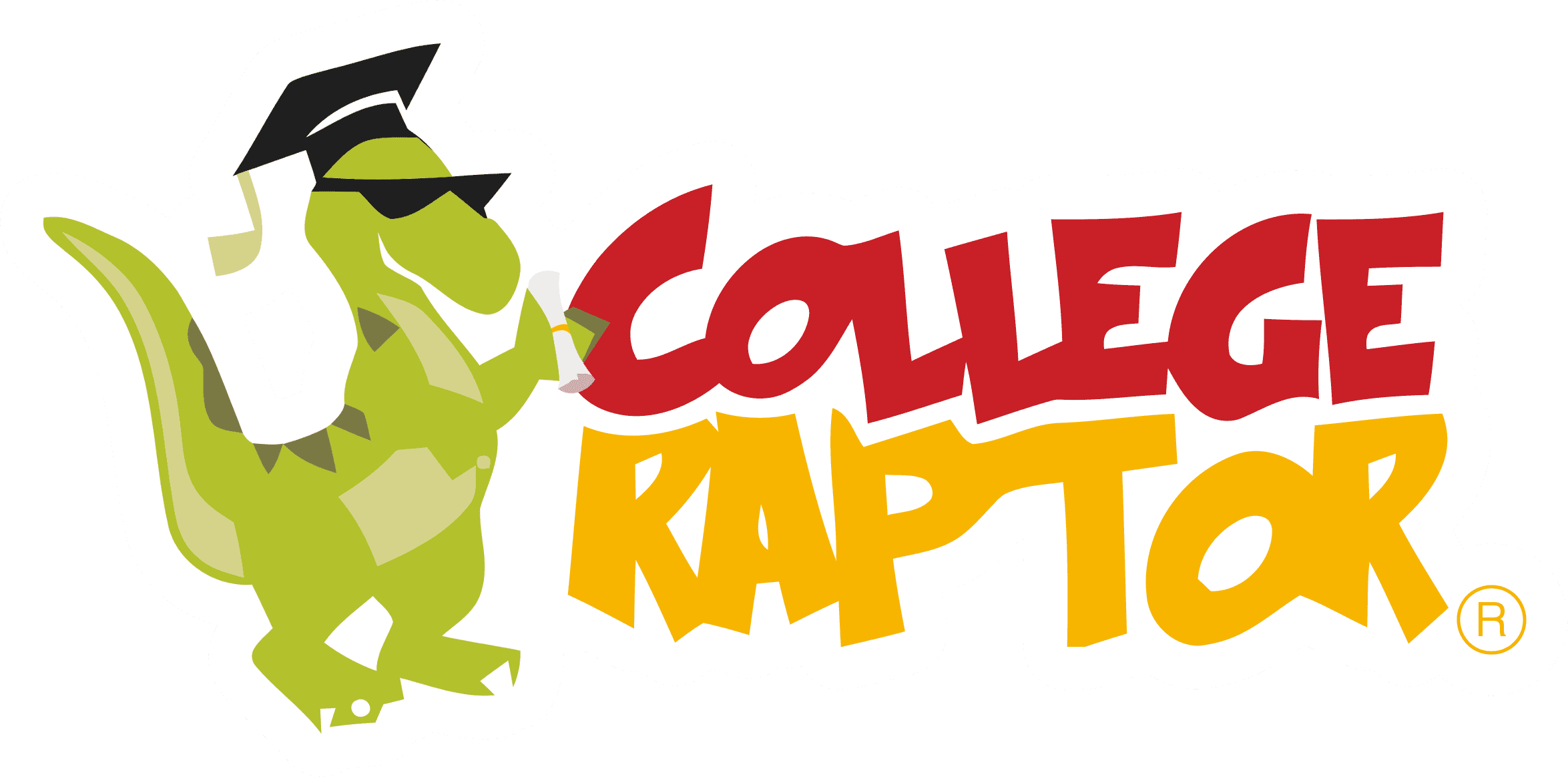
- Find Your College
- Scholarships
- Pay for College
-
Articles
- COLLEGES
- Most Recent
- Affordability & Cost
- College Search
- Comparisons
- College Majors & Minors
- Myths
- News & Trends
- Tips, Tools & Advice
- Admissions
- Most Recent
- ACT & SAT
- College Admissions
- College Applications
- Myths
- Online Colleges
- Questions & Answers
- About
- Home
- >
- Browse All Majors
- >
- Public Administration And Social Service Professions
- >
- Community Organization and Advocacy
Community Organization and Advocacy
Select Type of Degree:
Select State:
|
#1

New York University
|
|||||||||||
|
*The estimated net prices above are College Raptor’s estimate. Please contact the college financial aid office for actual net cost figures.
|
|||||||||||
| Institution | Scaled Score | Acceptance Rate | Annual Degrees Awarded | SAT Score | Est. Net Price * | Median Starting Salary | Save | |
|---|---|---|---|---|---|---|---|---|
 New York University New York, NY Each year, New York University awards around 524 degrees to students majoring...view more | 100 | 9% | 26 | 1,480 - 1,570 | $30,730 | $48,128 |
*The estimated net prices above are College Raptor’s estimate. Please contact the college financial aid office for actual net cost figures.
About Community Organization and Advocacy
A program that focuses on the theories, principles, and practice of providing services to communities, organizing communities and neighborhoods for social action, serving as community liaisons to public agencies, and using community resources to furnish information, instruction, and assistance to all members of a community. May prepare individuals to apply such knowledge and skills in community service positions.
While Community Organization and Advocacy offers degrees up to the Post masters certificate, most students earn a Bachelors degree. Students study Community Organization and Advocacy all around the US, though the major at the Post masters certificate level sees the most graduates in New York. The average annual income for an undergraduate degree in Community Organization and Advocacy is $34,000.
How popular is a Post masters certificate in Community Organization and Advocacy in NY
Careers
The highest paying job for Community Organization and Advocacy majors is Social and Community Service Managers. But, another thing to consider is how much demand there is for certain positions. A career that is in high need that a degree in Community Organization and Advocacy can prepare you for is Social and Community Service Managers.
Top Paying Careers
These are the highest paying careers for Community Organization and Advocacy majors.
| Career | Median Salary | Average Annual Job Openings | Employment 2022 | Employment 2032 | % Change | |
|---|---|---|---|---|---|---|
| Social and Community Service Managers | $93,140 | 17 | 757 | 928 | 23% |
Most In-Demand Careers
These are the careers in highest demand for Community Organization and Advocacy majors.
Student Demographics




Subscribe to Our Newsletter
Join thousands of students and parents learning about finding the right college, admissions secrets, scholarships, financial aid, and more.

College Raptor, Raptor, InsightFA, FinanceFirst, and “The Right College. The Best Price.” are registered trademarks of College Raptor, Inc.


